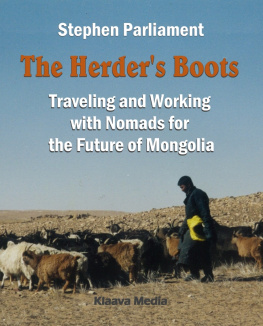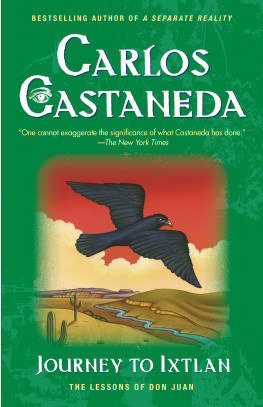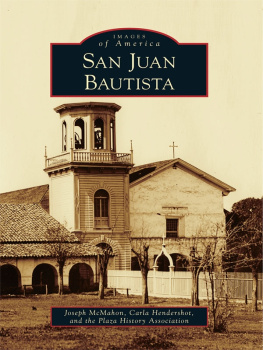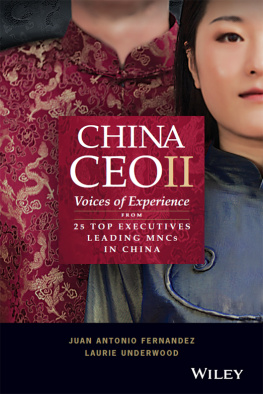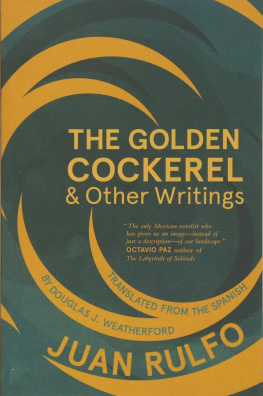Li Juan - Winter Pasture: One Womans Journey with Chinas Kazakh Herders
Here you can read online Li Juan - Winter Pasture: One Womans Journey with Chinas Kazakh Herders full text of the book (entire story) in english for free. Download pdf and epub, get meaning, cover and reviews about this ebook. year: 2021, publisher: Astra House, genre: Non-fiction. Description of the work, (preface) as well as reviews are available. Best literature library LitArk.com created for fans of good reading and offers a wide selection of genres:
Romance novel
Science fiction
Adventure
Detective
Science
History
Home and family
Prose
Art
Politics
Computer
Non-fiction
Religion
Business
Children
Humor
Choose a favorite category and find really read worthwhile books. Enjoy immersion in the world of imagination, feel the emotions of the characters or learn something new for yourself, make an fascinating discovery.

- Book:Winter Pasture: One Womans Journey with Chinas Kazakh Herders
- Author:
- Publisher:Astra House
- Genre:
- Year:2021
- Rating:4 / 5
- Favourites:Add to favourites
- Your mark:
Winter Pasture: One Womans Journey with Chinas Kazakh Herders: summary, description and annotation
We offer to read an annotation, description, summary or preface (depends on what the author of the book "Winter Pasture: One Womans Journey with Chinas Kazakh Herders" wrote himself). If you haven't found the necessary information about the book — write in the comments, we will try to find it.
Deeply moving...full of humor, introspection and glimpses into a vanishing lifestyle. --The New York Times Book Review
Winner of the Peoples Literature Award, WINTER PASTURE has been a bestselling book in China for several years. Li Juan has been widely lauded in the international literary community for her unique contribution to the narrative non-fiction genre. WINTER PASTURE is her crowning achievement, shattering the boundaries between nature writing and personal memoir.Li Juan and her mother own a small convenience store in the Altai Mountains in Northwestern China, where she writes about her life among grasslands and snowy peaks. To her neighbors surprise, Li decides to join a family of Kazakh herders as they take their 30 boisterous camels, 500 sheep and over 100 cattle and horses to pasture for the winter. The so-called winter pasture occurs in a remote region that stretches from the Ulungur River to the Heavenly Mountains. As she journeys across the vast, seemingly endless sand dunes, she helps herd sheep, rides horses, chases after camels, builds an underground home using manure, gathers snow for water, and more. With a keen eye for the understated elegance of the natural world, and a healthy dose of self-deprecating humor, Li vividly captures both the extraordinary hardships and the ordinary preoccupations of the day-to-day of the men and women struggling to get by in this desolate landscape. Her companions include Cuma, the often drunk but mostly responsible father; his teenage daughter, Kama, who feels the burden of the world on her shoulders and dreams of going to college; his reticent wife, a paragon of decorum against all odds, who is simply known as sister-in-law.In bringing this faraway world to English language readers here for the first time, Li creates an intimate bond with the rugged people, the remote places and the nomadic lifestyle. In the signature style that made her an international sensation, Li Juan transcends the travel memoir genre to deliver an indelible and immersive reading experience on every page.
Li Juan: author's other books
Who wrote Winter Pasture: One Womans Journey with Chinas Kazakh Herders? Find out the surname, the name of the author of the book and a list of all author's works by series.

